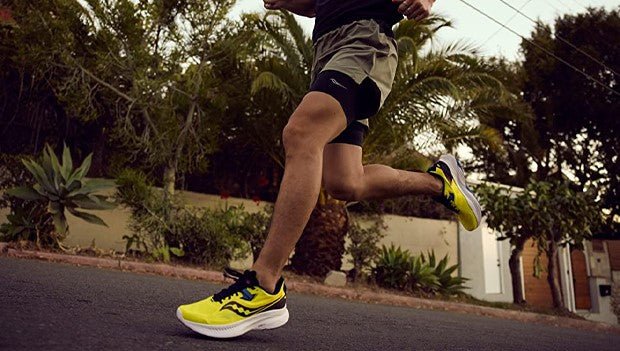The Benefit Of Increased Heel Stability

Heel stability refers to the ability of the heel bone to remain stable and secure while we walk, run, or perform other activities. Heel stability is an important aspect of overall foot and leg health as it helps to reduce the risk of injuries, alleviate pain, and improve overall mobility and function. Here are some benefits of increased heel stability:
1. Reduced risk of injuries:
A stable heel can help to reduce the risk of injuries such as heel spurs, plantar fasciitis, and stress fractures. These conditions are often caused by overuse or abnormal foot mechanics, which can lead to inflammation and pain in the heel and foot. A stable heel can help to distribute weight evenly across the foot and reduce the risk of these conditions.
2. Alleviation of pain:
Heel pain is a common problem that can be caused by a lack of heel stability. By providing increased stability to the heel, it can help to alleviate pain caused by conditions such as plantar fasciitis, heel spurs, and stress fractures.
3. Improved mobility and function:
Heel stability is essential for normal gait, or the way we walk. A stable heel can help to improve overall alignment and mechanics of the foot and leg, which can lead to improved mobility and function. This can be especially beneficial for those who have difficulty walking or are recovering from an injury.
4. Enhanced athletic performance:
Heel stability is especially important for athletes, particularly runners and other high-impact sports athletes. A stable heel can help to improve overall foot and leg mechanics, which can lead to improved performance, reduced risk of injury and increased endurance.
5. Better balance:
The heel is an important part of the foot's foundation and it plays a key role in maintaining balance. A stable heel can help to improve balance, which can reduce the risk of falls and other accidents, especially in older adults or those with balance issues.
6. Reduced knee and back pain:
Heel stability is closely linked to overall alignment and mechanics of the foot and leg. A stable heel can help to improve alignment, which can reduce the risk of knee and back pain, as well as other conditions such as shin splints.
7. Increased confidence:
Heel stability can help to improve overall mobility and function, which can lead to increased confidence in performing daily activities such as walking, running, or climbing stairs.
How to increase heel stability?
There are several ways to increase heel stability, including:
- Strengthening exercises: Strengthening the muscles in the legs, hips, and core can help to improve heel stability. Exercises such as squats, lunges, and calf raises can help to strengthen the muscles in the legs, while exercises such as planks and bridges can help to strengthen the core.
- Stretching exercises: Tight muscles can contribute to a lack of heel stability. Stretching exercises can help to improve flexibility and reduce muscle tension, which can help to improve heel stability. Stretches such as the hamstring stretch, calf stretch, and quad stretch can help to improve flexibility in the legs, while stretches such as the spinal twist and seated forward bend can help to improve flexibility in the back and hips.
- Footwear: Wearing shoes that fit well and provide good support can help to improve heel stability. Shoes with a wide toe box and good arch support can help to distribute weight evenly across the foot and reduce strain on the heel. Consider using shoe inserts or orthotics to provide additional support.
- Gait analysis: A gait analysis is a process of evaluating the way you walk. A physical therapist or other medical professional can use video or other technology to evaluate your gait and identify any abnormalities.
- Insoles Enhancement: Most shoes will not have appropriate heel support. Some insoles will have enhanced features specifically in the heel area to provide additionally stability and comfort.
Consider SelectFlex Orthotics to Provide Additional Stability In The Heel As Well As Comfort
SelectFlex could be your solution for heel stability. The tear-drop shaped heel cup provides 50% increased ankle stability through better alignment. Additionally, the soft elastomer heel cup cushions and absorbs impacts better than most insoles which provides added comfort.
FOLLOW US















